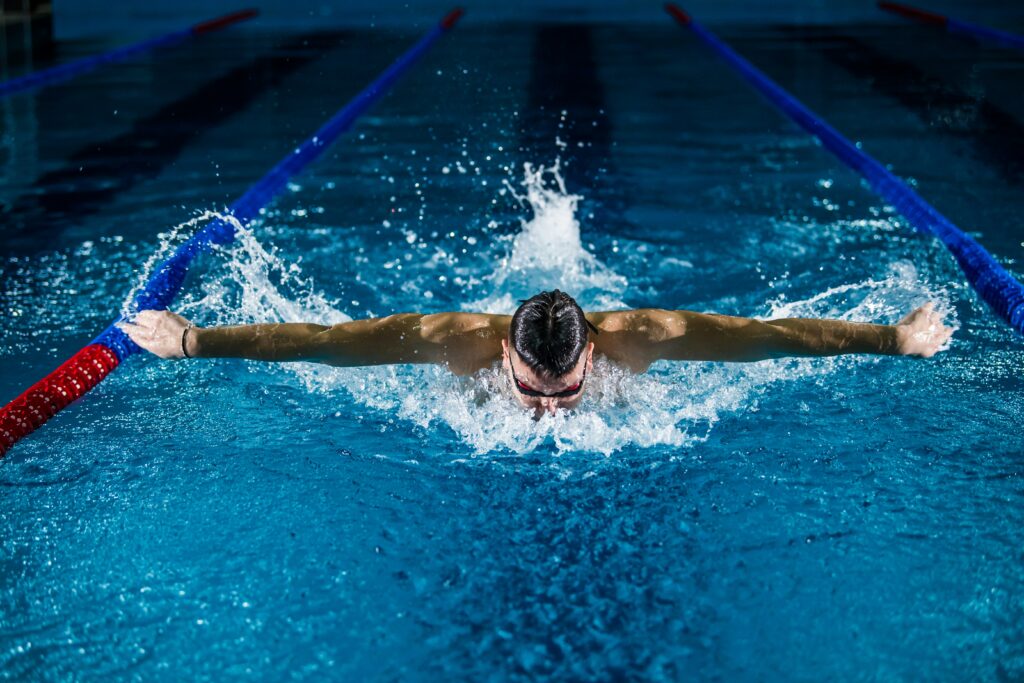
Swimming, often hailed as the “ultimate full-body workout,” is a timeless water-based activity that offers a plethora of physical, mental, and emotional benefits. From the serene tranquility of gliding through the water to the exhilarating rush of competition, swimming is a versatile pursuit that caters to individuals of all ages, abilities, and interests. In this article, we dive into the essence of swimming, exploring its origins, techniques, and myriad joys as a beloved water game.
A Timeless Pursuit
Swimming is a practice as old as humanity itself, with evidence of aquatic activity dating back thousands of years. Ancient civilizations, such as the Egyptians, Greeks, and Romans, recognized the therapeutic and recreational value of swimming, incorporating it into religious ceremonies, military training, and leisurely pastimes.
Over time, swimming evolved from a survival skill and necessity into a popular recreational activity and competitive sport. Today, swimming is celebrated as one of the most accessible and inclusive forms of physical exercise, enjoyed by millions of people around the world.
The Basics of Swimming
At its core, swimming involves propelling oneself through the water using a combination of arm and leg movements, aided by buoyancy and proper breathing techniques. Key components of swimming include:
- Strokes: Swimming strokes are the techniques used to move through the water efficiently. Common strokes include freestyle (front crawl), backstroke, breaststroke, and butterfly, each with its own unique movements and breathing patterns.
- Breathing: Proper breathing is essential for swimming effectively and conserving energy. Swimmers must coordinate their breathing with their strokes, exhaling underwater and inhaling during brief moments of respite.
- Buoyancy: Buoyancy, the upward force exerted by water on a submerged object, helps to support the body and keep it afloat while swimming. Understanding buoyancy and body position is crucial for maintaining balance and efficiency in the water.
Benefits of Swimming
The benefits of swimming extend far beyond its physical aspects, encompassing mental, emotional, and social dimensions as well. Some of the key benefits of swimming include:
- Cardiovascular Fitness: Swimming provides an excellent cardiovascular workout, strengthening the heart and improving circulation. Regular swimming can lower blood pressure, reduce the risk of heart disease, and increase overall endurance.
- Muscle Strength and Tone: Swimming engages multiple muscle groups simultaneously, including the arms, legs, core, and back. The resistance of water provides a challenging workout that helps to build strength, tone muscles, and improve flexibility.
- Low-Impact Exercise: Swimming is a low-impact activity that places minimal stress on the joints, making it ideal for individuals with arthritis, joint pain, or mobility issues. The buoyancy of water reduces the risk of injury while still providing an effective workout.
- Stress Relief: Immersion in water has a calming effect on the mind and body, promoting relaxation and stress relief. Swimming can help to reduce anxiety, alleviate tension, and improve mood, making it an excellent form of therapy for mental well-being.
Conclusion:
In conclusion, swimming is a timeless water game that offers a multitude of benefits for mind, body, and spirit. Whether enjoyed for leisurely recreation, physical fitness, or competitive sport, swimming provides a refreshing escape from the pressures of daily life and a rejuvenating journey into the depths of aquatic joy. So, dive in, embrace the currents, and experience the transformative power of swimming—it’s a journey worth taking, stroke by stroke.
